
Breakthrough Protein Combo Could Heal Heart Damage and Regenerate Organs
Breakthrough Protein Combo Could Heal Heart Damage and Regenerate Organs

In a major step forward for regenerative medicine, scientists have discovered a powerful combination of proteins that could help repair heart damage after injury—potentially with just a simple injection. The research, led by Dr. Li Qian at the UNC School of Medicine and published in Cell Stem Cell, uncovers how two proteins—Ascl1 and Mef2c—can reprogram scar tissue into healthy, functioning heart muscle cells.
Turning Scar Tissue into Healthy Heart Cells
After a heart attack or in cases of chronic heart disease, the heart replaces damaged tissue with scar tissue. This scarring, caused by cells called fibroblasts, reduces the heart's ability to contract and pump blood effectively, often leading to heart failure.
For years, scientists have worked to find ways to convert fibroblasts into cardiomyocytes, the cells that make up real heart muscle. Until now, this process required a cocktail of three or more proteins—and the results were limited.
But this new study revealed a surprising shortcut. By adding the protein Ascl1, which was previously known only for helping create neurons, to the reprogramming process, researchers saw a dramatic improvement. When paired with the protein Mef2c, Ascl1 boosted the transformation of scar tissue into heart muscle by more than tenfold.
A Two-Protein Recipe for Regeneration
Even more impressive, the study found that Ascl1 and Mef2c alone were enough to reprogram the fibroblasts, eliminating the need for additional factors. This simplified two-protein combo could significantly reduce complexity and cost in future treatments.
What’s remarkable is that Ascl1 has never before been linked to heart tissue regeneration. It’s known for its role in creating brain cells, but in this study, when combined with Mef2c, it instead triggered heart-specific gene activation. This suggests that some proteins are more versatile than scientists once believed—and could be repurposed to treat different tissues throughout the body.
Beyond the Heart: Potential for Organ Regeneration
This discovery may have wider applications beyond heart disease. Since the reprogramming mechanism works at the cellular level, it could eventually be used to regenerate damaged tissue in the liver, lungs, kidneys, and even the brain. If researchers can develop a synthetic version of this protein duo, it might be possible to deliver them via injection directly to damaged organs—offering a non-invasive therapy for a wide range of conditions caused by scarring and tissue loss.
Hope for Heart Failure and Beyond
With heart failure affecting millions globally and currently having no cure, this breakthrough offers hope for a new class of regenerative treatments. Instead of relying on transplants or mechanical devices, doctors might one day help the body heal itself from within using targeted protein therapies.
The next step for the research team is to refine the treatment, test it in animal models, and eventually move toward clinical trials. If successful, this approach could revolutionize how we treat heart disease and other degenerative conditions.
News in the same category

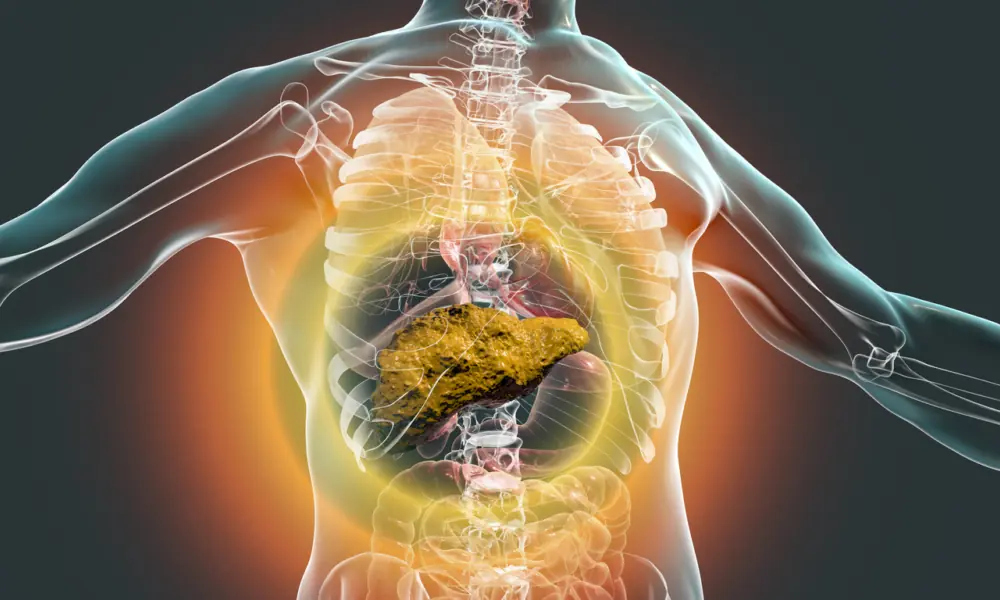
Fatty Liver Disease Affects 1 in 4 People — A New Treatment Shows Promising Results

Menopausal Brain Fog? Low Iron Levels May Be the Hidden Cause

Lung Cleansing with a Powerful Natural Garlic Juice
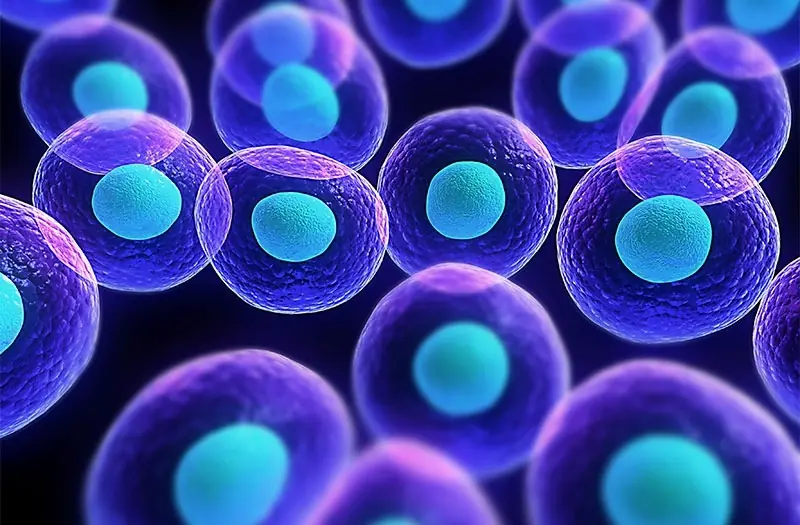
A recent study has uncovered a key switch in aging—and it all comes down to a structure inside your cells called the nucleolus
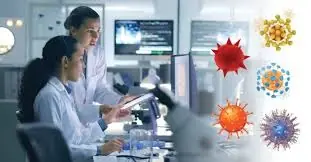
ScienceScientists Say Viral Infections Could Be The Hidden Cause Of Alzheimer’s — 30 Years Of Research Now Validated
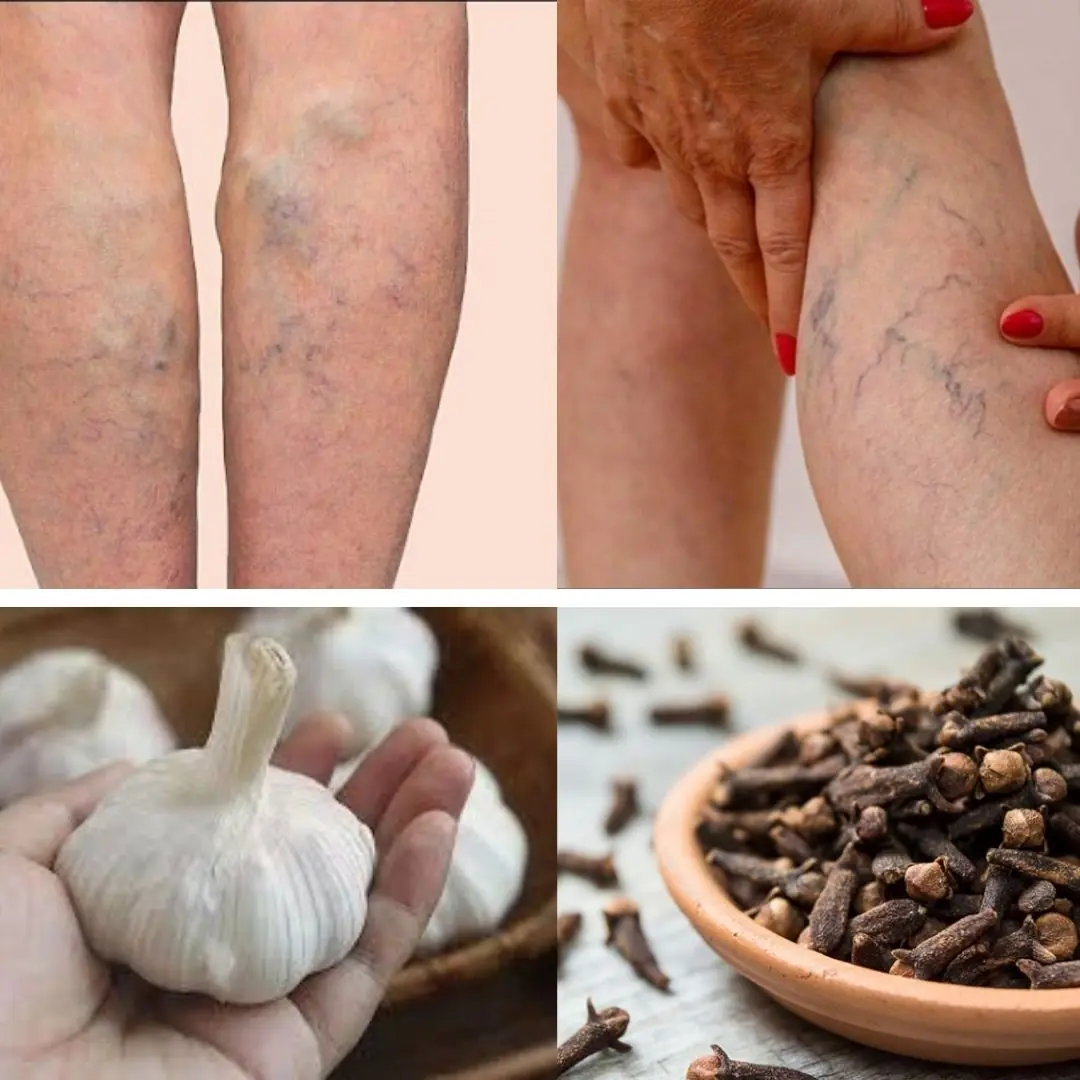
🧄🌿 Natural Remedy for Leg Pain, Rheumatism, Varicose Veins & Arthritis with Cloves and Garlic

White Clover (Trifolium repens): 15 Benefits and Homemade Uses

Head Injuries May Reactivate Dormant Viruses and Trigger Alzheimer’s-Like Brain Damage
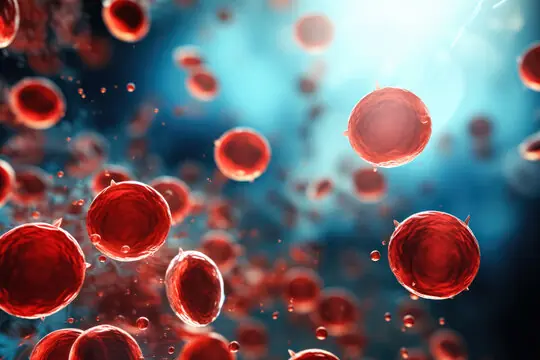
How Blood Production Changes After 70: New Research Reveals a Surprising Shift
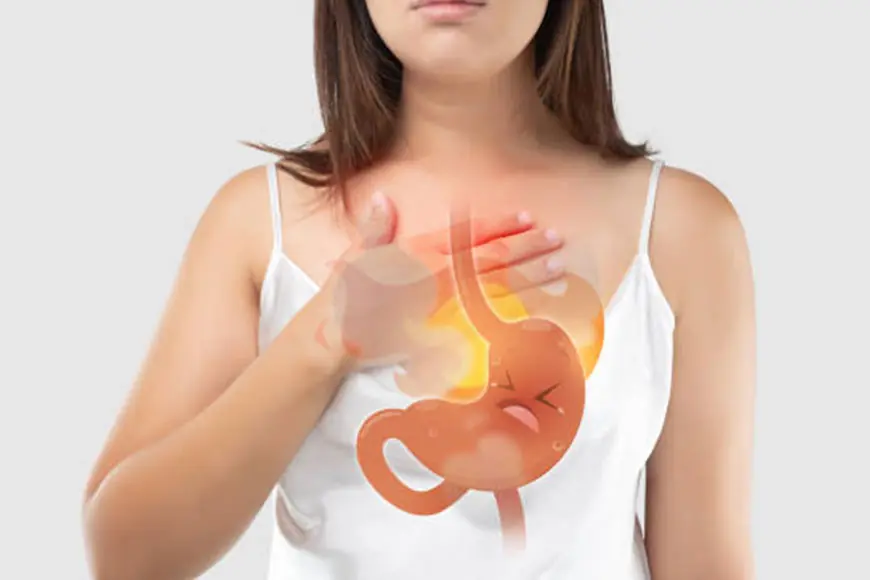
What Is Acid Reflux? Causes, Symptoms, and How to Prevent GERD
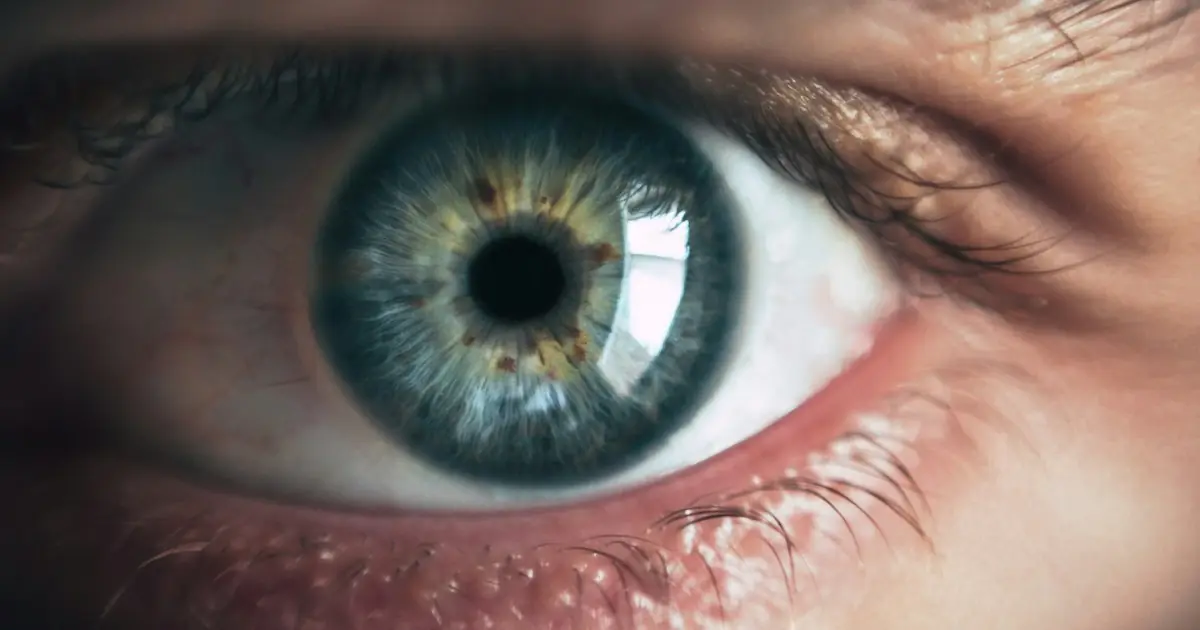
AI and Eye Scans: A Breakthrough in Fast, Accurate ADHD Diagnosis
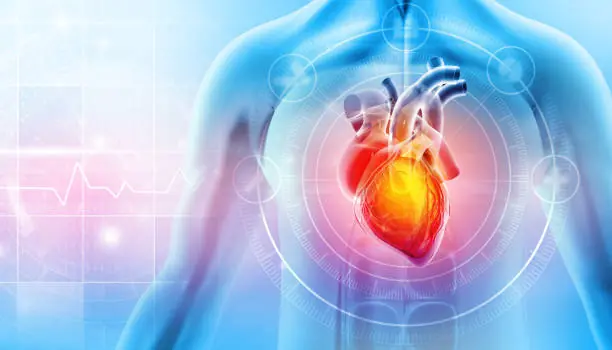
Early Signs of Heart Disease: What Chest Pain, Shortness of Breath, and Swollen Legs Could Mean
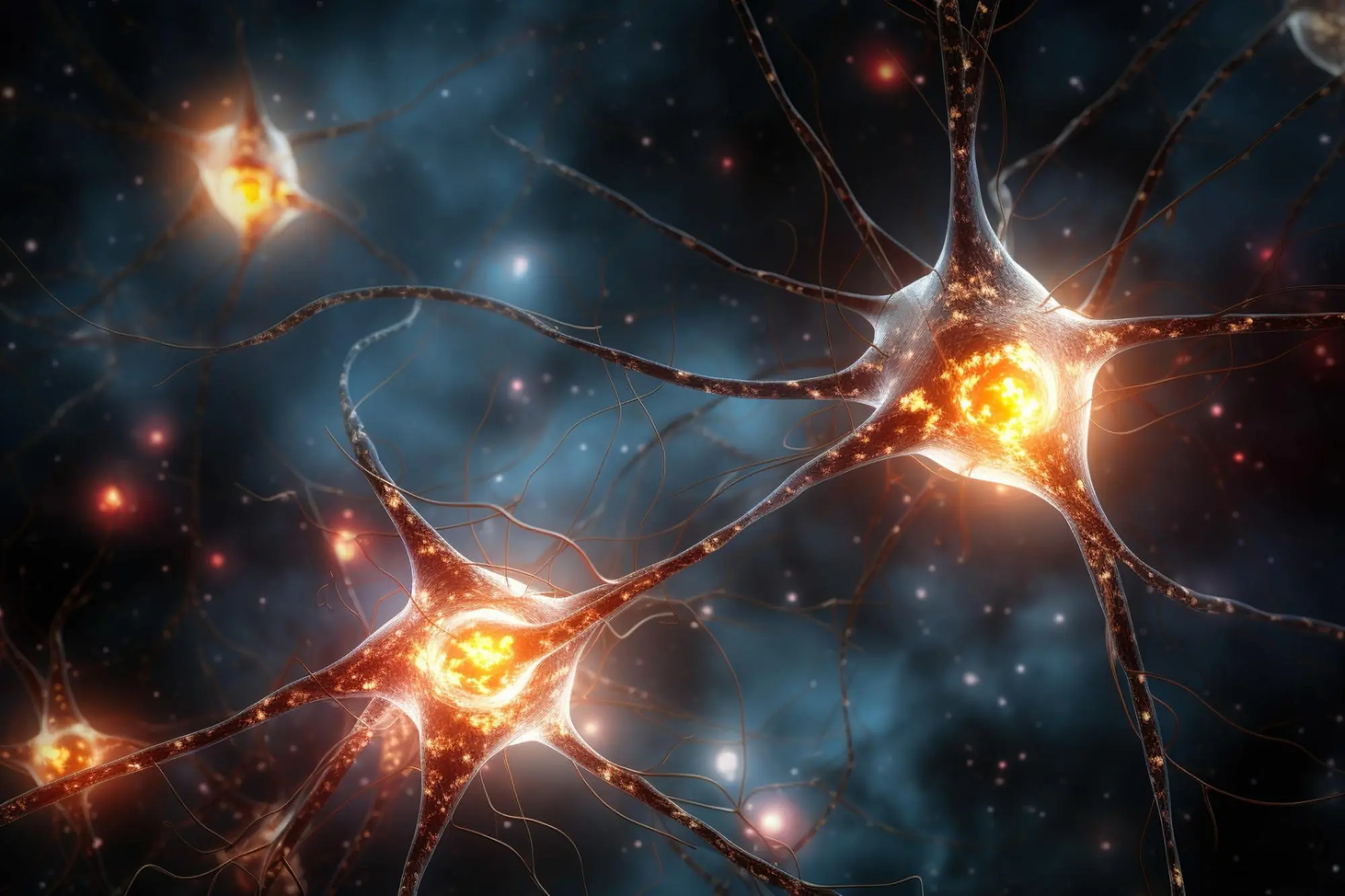
Groundbreaking Nanoparticle Technology Reverses Parkinson’s Disease in Stunning Study

This Psychedelic Root from Brazil May Be Able to Treat Depression

Researchers Reveal How Long It Takes To Grow Muscle When Lifting Weights

Waking Up After 6 Hours of Sleep? Here's Why—and Whether It’s Enough
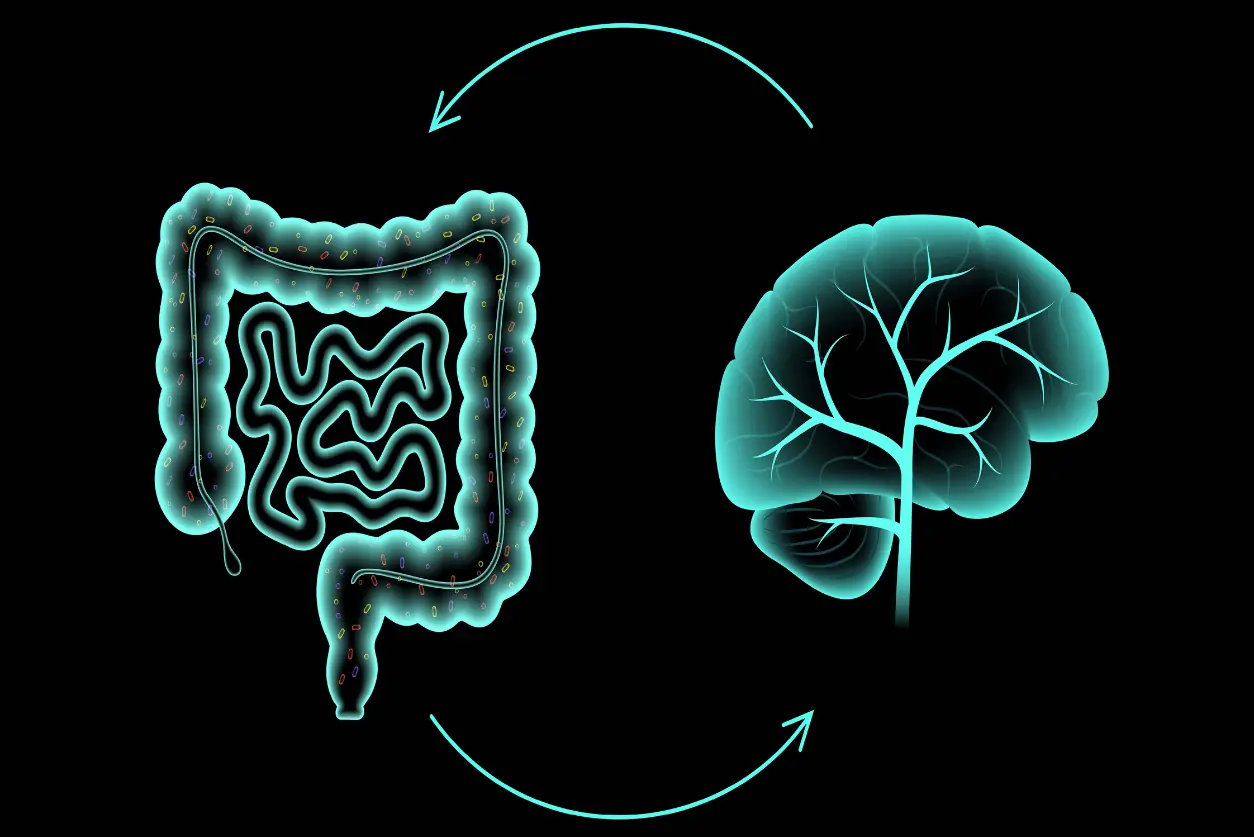
How Your Gut Bacteria Influence Your Mood, Thoughts, and Mental Health

The Hidden Cost of Anger: How One Minute of Rage Can Weaken Your Immune System for Hours
News Post

Persistence Hunting: How the San People of the Kalahari Master the Art of Endurance

Halley’s Comet Is Back, But This Time, It’s Raining Fire

Breakthrough Cancer Treatment Uses Ultrasound and Microbubbles to Destroy Tumors from Within

Fatty Liver Disease Affects 1 in 4 People — A New Treatment Shows Promising Results

Menopausal Brain Fog? Low Iron Levels May Be the Hidden Cause

Lung Cleansing with a Powerful Natural Garlic Juice

A recent study has uncovered a key switch in aging—and it all comes down to a structure inside your cells called the nucleolus

ScienceScientists Say Viral Infections Could Be The Hidden Cause Of Alzheimer’s — 30 Years Of Research Now Validated

Greece Rocked By Massive Earthquake As Tsunami Warning Sparks Panic

Sun Unleashes Monster Flare As Scientists Say Earth Could Be Hit By Massive Solar Storm Tomorrow

🧄🌿 Natural Remedy for Leg Pain, Rheumatism, Varicose Veins & Arthritis with Cloves and Garlic

Modern House Fires Burn Faster: Why You May Have Only 3 Minutes to Escape

White Clover (Trifolium repens): 15 Benefits and Homemade Uses

A Mom of 7 Demanded My Deaf Grandpa Get Out of the Elevator—So I Brought Her Back to Reality

Could the Sahara Desert Power the Entire World with Solar Energy?

Head Injuries May Reactivate Dormant Viruses and Trigger Alzheimer’s-Like Brain Damage

How Blood Production Changes After 70: New Research Reveals a Surprising Shift

My Ex-husband Got Our House, Car and All Our Money After Divorce – I Laughed Because That Was Exactly What I Planned
